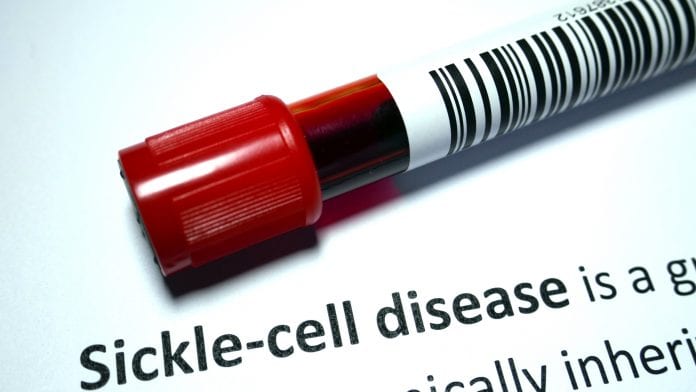
After over a decade of preclinical research and development, a new gene therapy process is reversing sickle cell anaemia symptoms in patients.
The gene therapy process uses reduced-intensity preconditioning to enhance its global transportability, therefore easing movement of the treatment across resource-challenged parts of the world where the disease is most common and sickle cell anaemia symptoms could develop.
The promising gene therapy process
Sickle cell anaemia symptoms typically range from fatigue, anaemia, bacterial infections to lung and heart injury. This rare disease is a painful, inherited condition where blood cells become sickle-shaped and stuck in the vascular system. It can damage vital organs and cause death.
Preliminary data from a pilot phase 1-2 clinical trial testing the gene-addition therapy was presented at the American Society of Hematology‘s annual meeting in San Diego, USA, by principal investigator Punam Malik, MD.
“One year after treatment of our first patient, and six months after treatment of our second patient, both have seen a remarkable improvement in the quality of life due to remarkable reduction in disease symptoms. This includes near elimination of chronic pain and sickling events and improved anaemia.” Says Malik.
“Although it’s still early post-treatment, these preliminary results are quite promising. If sustained this therapy will provide a transportable, safe and feasible gene therapy for all SCA patients.”
A break down of the gene therapy
The gene therapy process developed by Cincinnati Children’s uses a modified gamma globin lentivirus vector to transfer a healthy fetal hemoglobin gene into a patient’s blood stem cells (hematopoietic stem cells, HSC).
The therapy comes from the observation that some adults never stop producing fetal hemoglobin (HbF). This averts red blood cell sickling when enough quantities of HbF are present in the body.
Normally, the fetal hemoglobin gene switches off shortly after birth. The new gene therapy process designed by the researches situates a fetal hemoglobin gene in the bone marrow cells that cannot switch off.
Cells are collected earlier from the SCA patient and genetically reprogrammed in a clean lab facility with the modified lentivirus vector. Then the patient’s bone marrow is preconditioned with one low-dose of chemotherapy, after which the gene-corrected cells are infused back into the patient. According to Malik, patients recover their blood counts within a week to 10 days and recover from the chemotherapy effects by two weeks.
Treating sickle cell anaemia symptoms
The researchers explained how the gene therapy process was designed to have reduced intensity conditioning to allow it to be offered at hospitals in places like Central Africa and other underdeveloped regions of the world.
Malik said additional data from the study will tell investigators of the consistent and long-term clinical benefit of this therapy to patients with severe SCA. The trial is scheduled to treat up to 10 patients with SCA. Preclinical studies by the research team suggested the treatment allows the body to produce normal red blood cells instead of the sickle-shaped cells that define the inherited disorder.
Investigators report that one year following the gene therapy process, the first patient no longer requires daily oral opioids for chronic pain and experienced one acute sickle cell event. The second patient no longer uses oral opioids and has no vaso-occlusive events, where blood cells become stuck in the vascular system.









